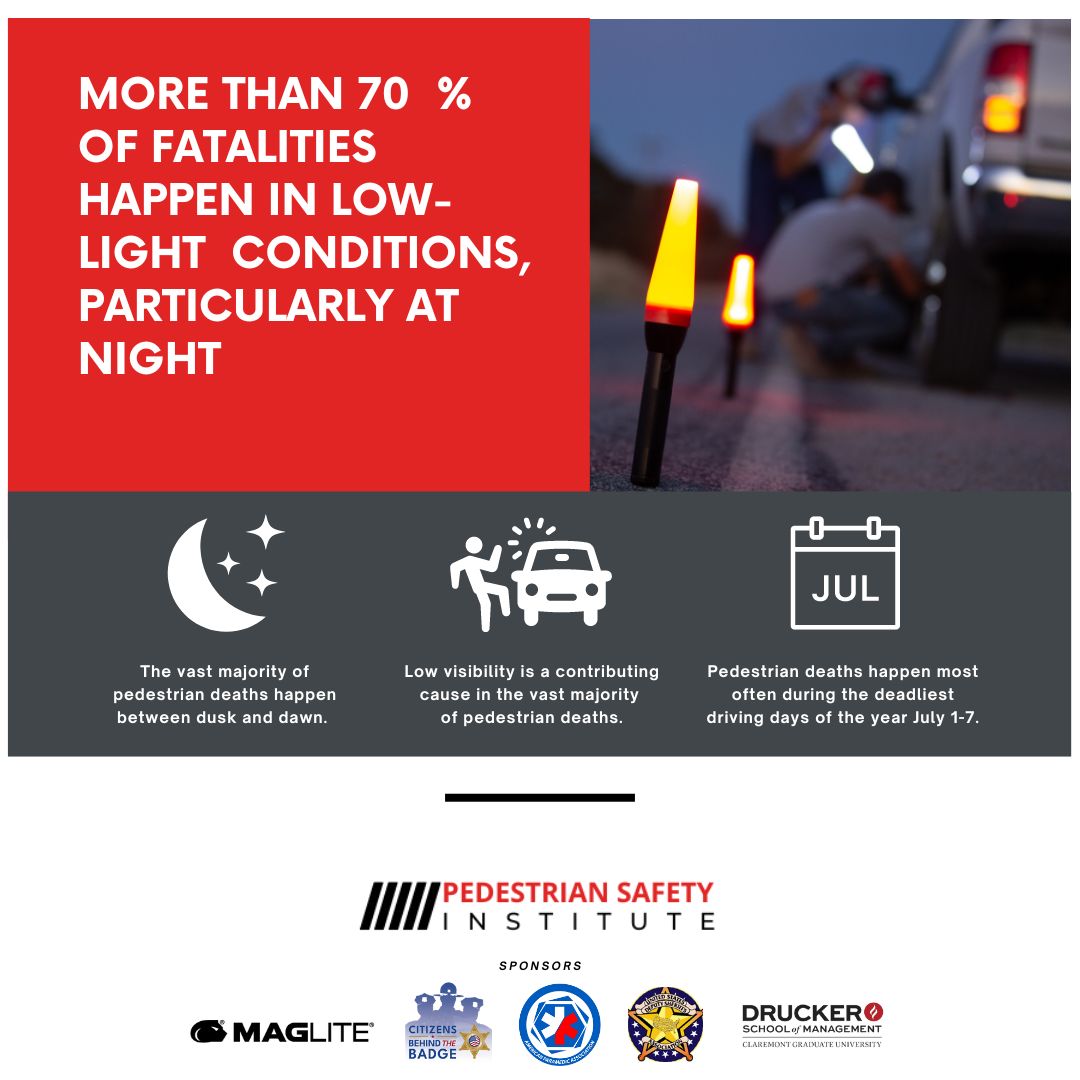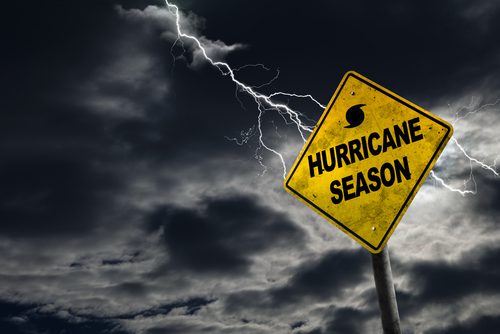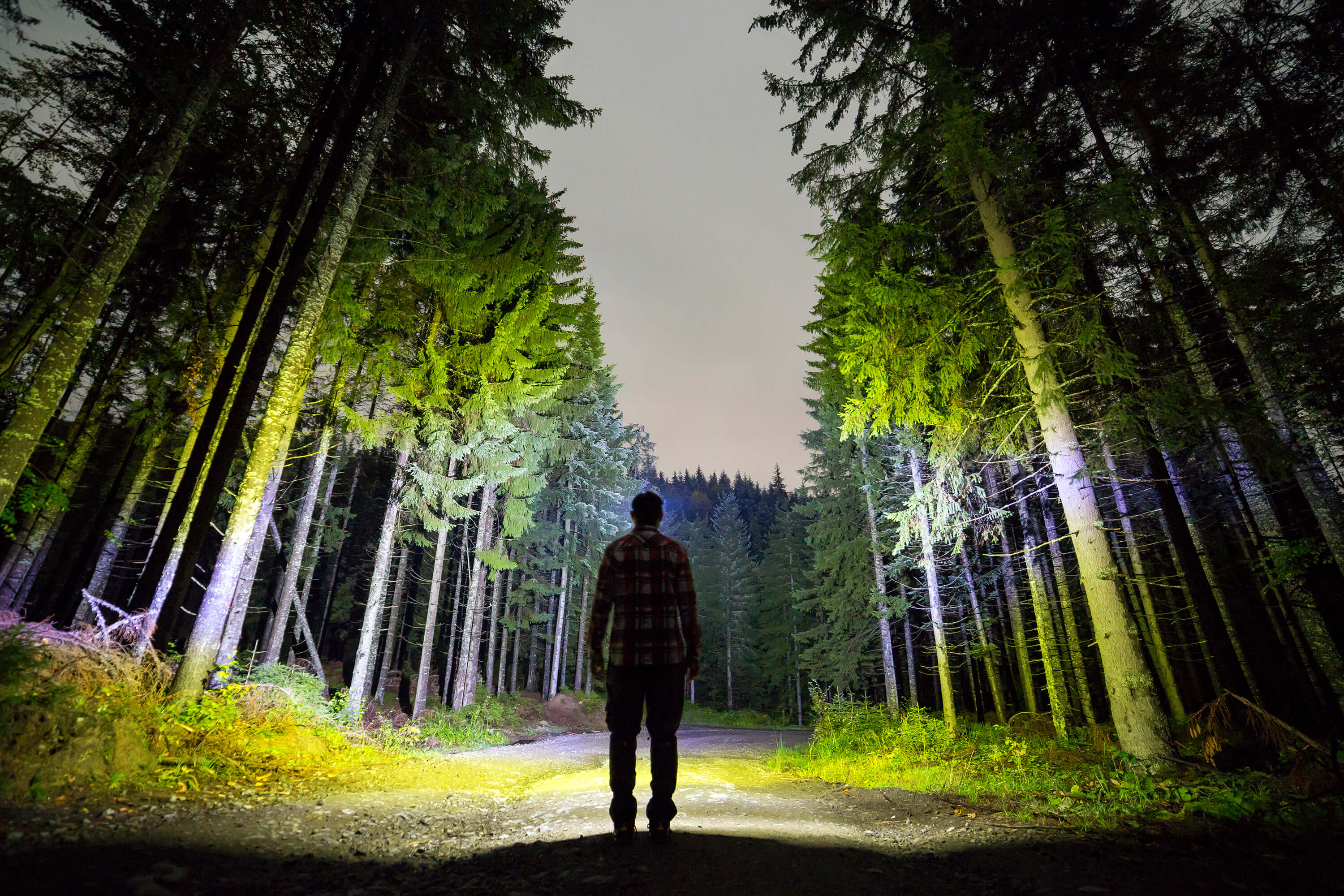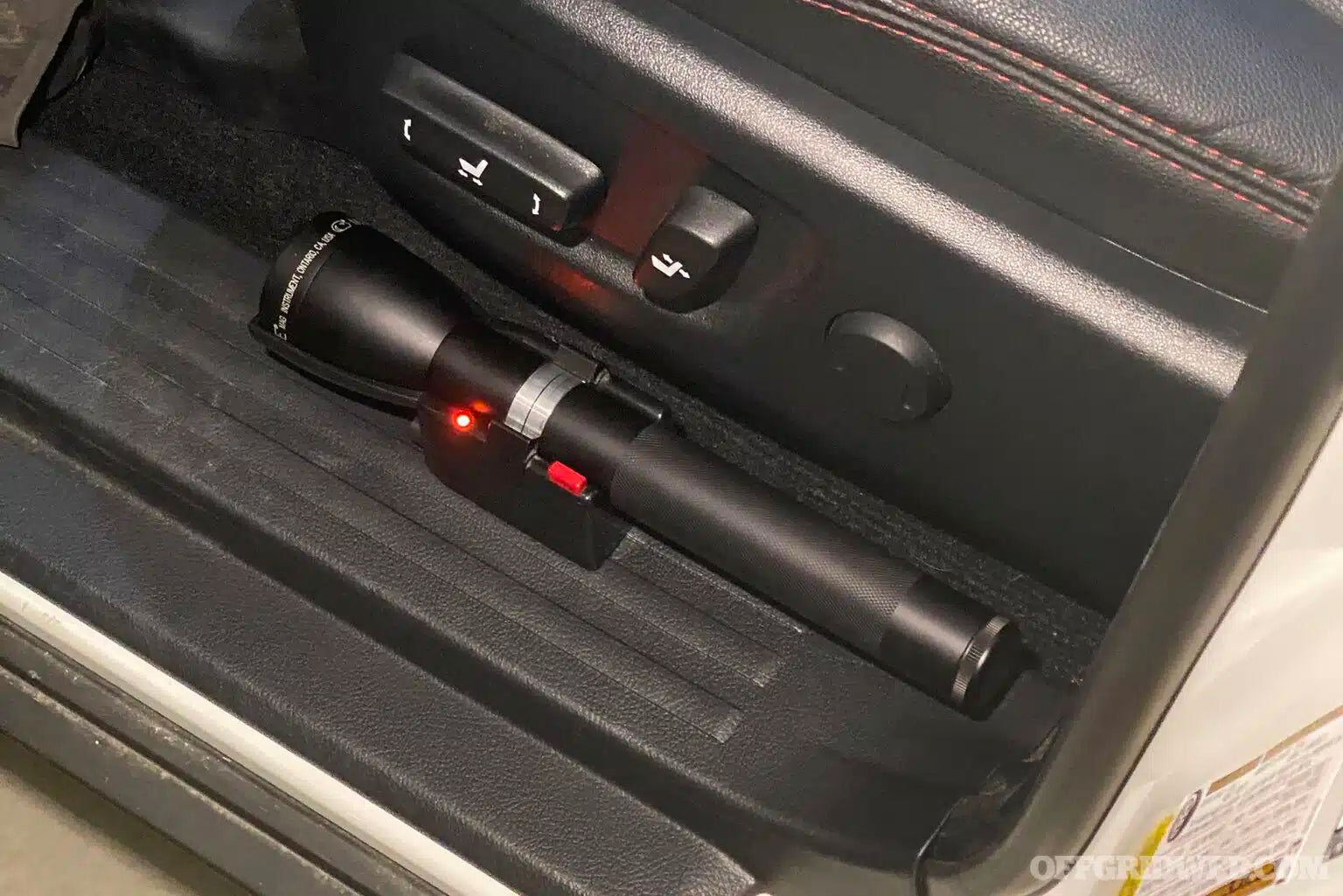
Maglite is a proud sponsor of National Roadside Safety Awareness Month. Every July, we put extra focus on this important matter for our customers. With the release of our Roadside Safety Packs and Traffic Wands and other add-ons, we hope to help our customers be prepared for any possible roadside emergencies.
According to National Highway Traffic Safety Administration (NHTSA) statistics going back 40 years, the deadliest months of the year, for drivers and pedestrians alike, have been the “vacation months” -- July through October.[1] Of the year’s four deadliest holiday weekends, three occur in summer, and the fatal crashes involve higher-than-average numbers of alcohol-impaired drivers. Here, for example, were the nationwide statistics for 2015[2]:
- Labor Day Weekend -- 460 killed, 33% of the involved drivers alcohol-impaired;
- Memorial Day Weekend -- 424 killed, 40% of involved drivers impaired;
- Fourth of July Weekend -- 409 killed, 36% of involved drivers impaired.
- (For comparison, the overall rate of alcohol-impaired-driver-related fatalities was 29%)[3].
Despite the fact that traffic volume typically is far higher during the day than at night, more than a third of all fatal crashes occur during the dusk/night/dawn hours.[4] And probably not by coincidence, drivers involved in nighttime fatal crashes are far likelier to be alcohol-impaired than those involved in daylight fatal crashes – nearly 60% in the midnight-to-3 a.m. time period, versus fewer than 15% in the noon-to-3 p.m. time frame.[5]
For pedestrians – whether they’ve stepped out of their cars on the roadside for some reason or whether they’re just traveling on foot -- the traffic fatality numbers associated with low-light conditions are truly alarming: The hours of night (74%), dusk (2%) and dawn (2%) together yield 78% of all pedestrian fatalities.[6] Along with the 5,376 pedestrians killed by vehicles in 2015 (amounting to 15% of all vehicle accident fatalities), some 70,000 were injured.[7]
- MAGLITE is urging people to be safe during this deadly time on the road and offers the following statistics and safety tips available here on this web page as a small part we can play in helping save lives.
- MAGLITE Declares July "National Roadside Traffic Safety Awareness Month"
- MAGLITE wants to bring awareness and reduce injuries and fatalities along our roads and highways — especially of pedestrians — in the Deadliest Months of the Year
- MAGLITE is urging motorists and pedestrians to be extra vigilant to save lives during the “vacation months” — which statistically have the most traffic fatalities of any time of the year — by promoting a public education campaign for the newly minted National Roadside Traffic Safety Awareness Month. The goal is to reduce fatalities and injuries that occur on our roads and highways in vehicle traffic accidents and especially among pedestrians.
This campaign is timely because the 4th of July Weekend consistently ranks as one of the deadliest times to be on the road, and other summer holiday weekends (Labor Day and Memorial Day) also rank very high. Night-time safety is particularly critical. Despite much lower traffic volumes at night, more than 1/3rd of all fatal crashes occur during the hours of dawn, dusk and nighttime. And nighttime crashes tend to be more serious than daytime crashes: In the evening hours (6 p.m. to 6 a.m.), the fatality rate (per 1,000 crashes) is more than double the daytime rate, rising to nearly 4 times the daytime rate for crashes occurring in the after-midnight hours.[8] A significant number of those killed are classified as pedestrians, people who are struck and killed while not in vehicles – whether they were traveling on foot or had simply gotten out of their cars (e.g., because of a fender-bender or a breakdown). 5,376 pedestrians were struck and killed by vehicles in 2015, according to NHTSA figures, and nearly 8 in 10 of these fatalities occurred when light was poor: 74% at night, 2% at dusk, 2% at dawn. When a car becomes disabled at night it is a much more dangerous situation then during the daylight hours, and pedestrians, whether they are occupants who have stepped out of their cars or people traveling on foot by the roadside, are in particularly acute danger at night. Having a good light source to make oneself visible to traffic is a basic safety measure. What is ideal is a flashlight that has a traffic/safety wand attached – a translucent plastic cone that fits over the flashlight’s head and glows when the light is turned on. A red color traffic/safety wand is generally best for roadside safety. Most people have seen light wands at airports, where ground crews routinely use them to guide planes into and out of gates; and they are used by many police departments to direct traffic. A flashlight with a traffic/safety wand should be considered an essential item of safety equipment for every vehicle, and should be carried by everyone who walks by the side of a road at night. Having a traffic/safety wand, and knowing some basic safety tips, would assist in saving lives in emergency roadside situations.
- The United States experiences about 30,000 fatal traffic accidents per year.
- An overall 29% of fatal accidents involve alcohol-impaired drivers, a percentage that becomes much higher at night.
- About 5,000 of these accidents – that’s about 15% of all vehicular fatalities -- involve pedestrians struck by vehicles. (“Pedestrians” includes not only people who were walking by the roadside but also people who got out of their cars for any reason).
- Nearly 3/4ths of all fatal pedestrian accidents happen at night.
- About 1/3rd of all auto fatalities happen at night.
- Three of the year’s four deadliest holiday weekends happen in the summer – Memorial Day, Fourth of July and Labor Day Weekends.
- On summer holiday weekends, the rate of drunk-driver involvement in fatal accidents is significantly higher than the overall average (29%) rate. 33%, 40% and 36%, respectively, of the fatal accidents in 2015 on Labor Day, Memorial Day and Fourth of July Weekends involved drunk drivers.
SAFETY TIPS…
-
MAGLITE would like to share with you a few common sense tips for being safer on the road in case of a breakdown or minor accident:
- Move to Safety - Never get out of the vehicle to make a repair or examine damage on a busy highway. Get the vehicle to a safe, out-of-the-way spot, and then get out of the car if at all possible. And if a dire emergency forces you to get out of your car on a highway (e.g., if the car is on fire), do not stand at the side of the car nearest the traffic; position yourself on the “shoulder” side of the vehicle, so that your vehicle is between you and the traffic.
- Call for Help - If your car won’t run or if it’s so badly damaged that it can’t be driven, stay in the vehicle and use a cell phone to call for help. Don’t stand outside the vehicle unless absolutely forced to do so; and even then, don’t stand near the flow of traffic.
- Be Prepared - Carry a strong flashlight with a traffic/safety wand, flares or reflective triangles in your vehicle so you can mark your location in the event of an emergency, even during the day. Remember to turn on your hazard lights so that other drivers have advanced warning of a problem ahead. To be safe, be seen.
Be sure to always carry roadside safety kits for emergencies. Your kit should include:
- First aid kit
- Flashlight with traffic/safety wand
- Jumper cables
- Canned instant tire inflator
- Heavy-duty rope
- Gloves and warm blanket for winter breakdowns
- Water and non-perishable food items
If you must walk in busy roadside conditions: Walk on a sidewalk or path when one is available. If no sidewalk or path is available, walk on the shoulder, facing traffic, as far away from the traffic lane as you can get. Never assume a driver sees you; try to make eye contact. Drivers don’t see as well at night so if you must exit your vehicle, wear reflective materials or use a flashlight, ideally with a traffic/safety wand, to alert other drivers to your presence. [1] National Center for Statistics and Analysis (2017), Traffic Safety Facts 2015, Report No. DOT HS 812 384, Washington, DC, National Highway Traffic Safety Administration (hereafter “Traffic Safety Facts 2015”), p. 64. [2] Traffic Safety Facts 2015, p. 45, Table 14. [3] Traffic Safety Facts 2015, p. 105. [4] Traffic Safety Facts 2015, p. 67, Table 26. [5] Traffic Safety Facts 2015, p. 73, Figure 12. [6] National Center for Statistics and Analysis (2017, February). Pedestrians: 2015 data. (Traffic Safety Facts, Report No. DOT HS 812 375). Washington, DC: National Highway Traffic Safety Administration. (Hereinafter “Pedestrian Safety”). See chart and text on p. 2. [7] Pedestrian Safety, p.1. [8] Traffic Safety Facts 2015, p. 114, Fig. 21.








